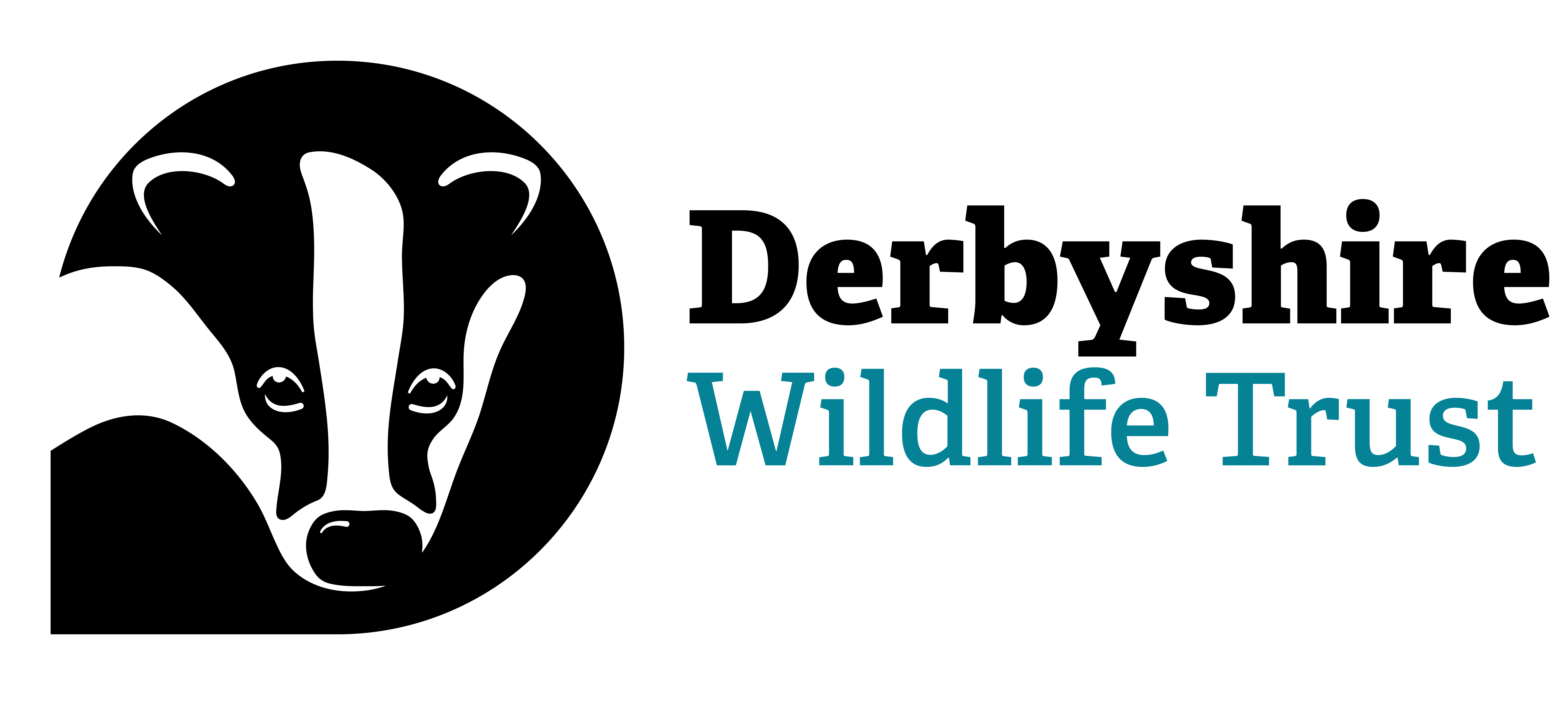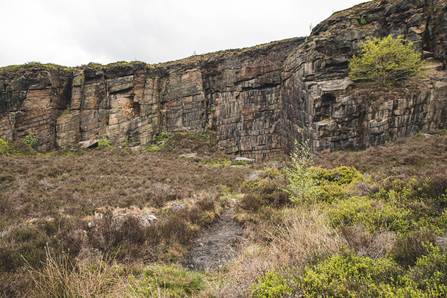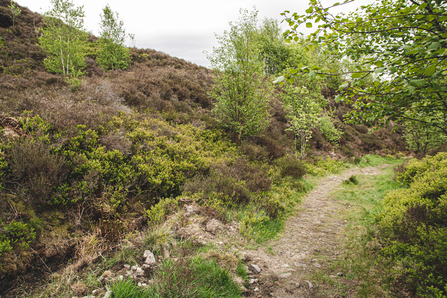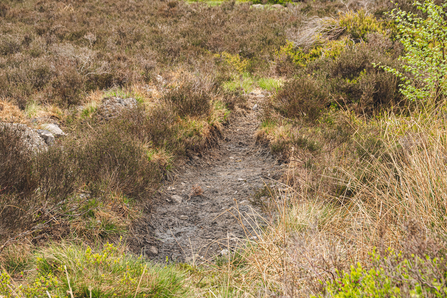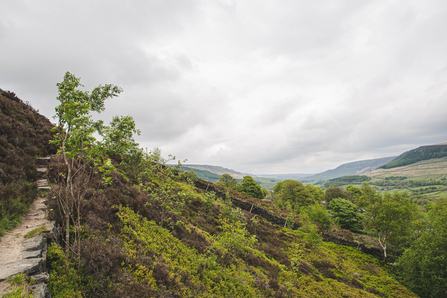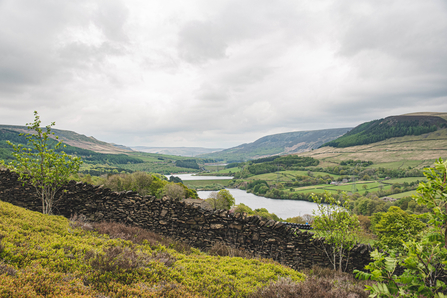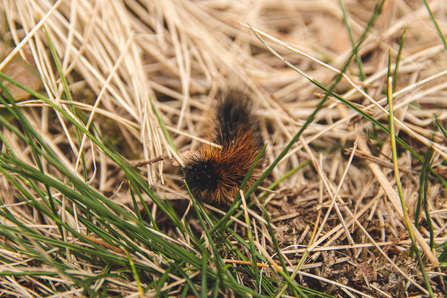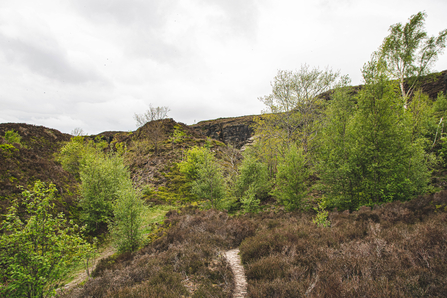Nestled in the northern edges of the Peak District is the quaint village of Tintwistle. I had the pleasure of visiting the village quarry, which the Parish Council are reverting back to nature, using nature-based solutions to improve the sites quality for wildlife. I met with Marianne Stevens, who chairs the Tinwistle Parish Council and manages the Holybank Quarry, to take a walk around the quarry to talk about this fantastic project they have taken on.
Tintwistle Parish Council contacted Derbyshire Wildlife Trust back in 2021 to ask for advice on how to rewild the site. Our Nature Recovery Team at the Trust put together a management plan which aims to help Tintwistle Quarry to aid their ecosystem restoration and rewilding in the area. The quarry was established in the late 1800s to supply stone for the Manchester Water Corporation’s Longdendale Reservoirs. In the mid 1900’s the demand for such stone dried up. The land at that time was owned by United Utilities who approached Tintwistle Parish Council, it is believed in the 1980’s, to manage the site.
